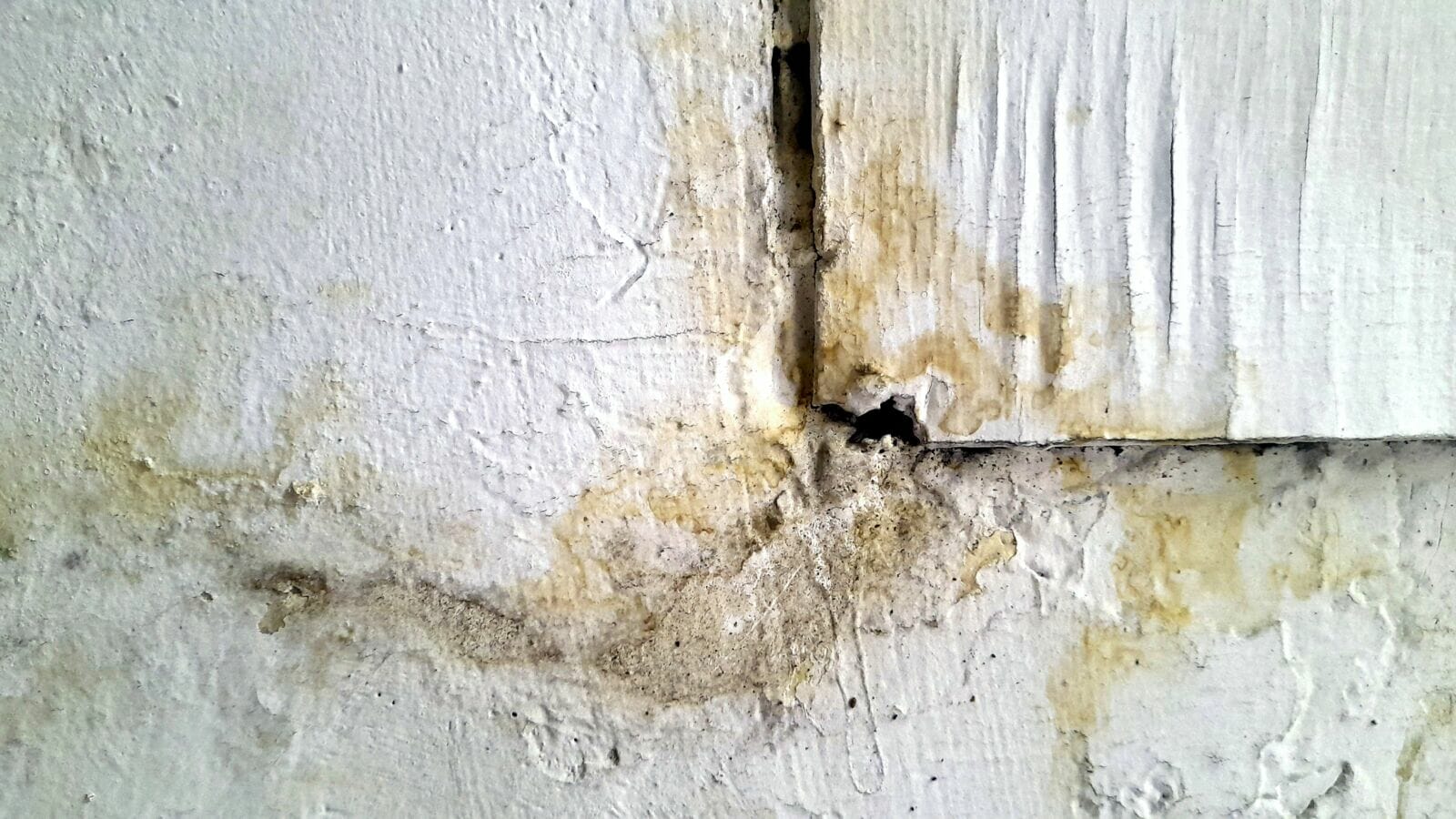The annual cost of allergic rhinitis due to indoor mold is $3.7 billion. Following water damage, mold only takes 24 to 48 hours to grow. Knowing how to spot the most common types of mold found in homes can ensure you act quickly.
Unfortunately, 70% of homes have mold, and nearly 30% of people are predisposed to mold-related health problems. Don’t wait to call for mold remediation services.
Instead, read on to learn about the mold that could grow in your home today.
Alternaria
This allergic type of household mold can grow around damp windows or in your bathroom. If you notice moldy stuff growing in the shower, call for mold remediation services right away. Alternaria is the most common type of allergic mold homeowners encounter.
This type of mold thrives around the world. When left unattended, it can cause allergic reactions or trigger hypersensitive conditions.
For example, you might develop asthma or hay fever if you’re breathing in Alternaria spores.
If your immune system is already impeded, you could be more prone to a reaction. Get the mold treated right away with help from the team at certifiedmoldremoval.com.
Aspergillus
Aspergillus is a pathogenic type of mold you might find in your HVAC system. It usually grows in water-damaged structures. Though some species are non-toxic, they can trigger reactions like:
- Asthma
- Lung infections
- Respiratory irritation
Some species could even produce chemicals that trigger cancer growth.
If you have an already-compromised immune system, this type of mold could prove lethal.
Aureobasidium
An allergenic mold, Aureobasidium usually grows under the paint or wallpaper in your home. It’s a yeast-like organism that thrives indoors where there’s sufficient moisture.
This species appears black and can grow quickly.
Some species can control plant diseases.
Chaetomium
Chaetomium is an allergenic type of mold, often found in water-damaged homes.
This type of mold prefers to grow around plant and soil debris. However, it’s common for this type of mold to grow in houses that sustained a serious water leak or flooding.
Chaetomium will first grow as a white, fuzzy mold. When left unattended for too long, it can darken. Many homeowners tend to mistake it for black mold as a result.
In fact, black mold and Chaetomium can grow in the same location if you don’t request mold remediation services quickly. Both types need sufficient moisture in order to grow.
If you begin experiencing allergy symptoms, look around your home to determine if mold is growing before it gets the chance to spread.
Mucor
Mucor is mostly allergenic, though there is one toxigenic species. It’s usually found around water-damaged carpets, mattresses, or structural materials. If your home recently sustained water damage, don’t wait to request remediation services.
There are about 40 different species of Mucor mold, which usually appear gray or white.
The Mucor indicus species is toxigenic. It can cause a fungal infection (leading to the death of living tissue) if you breathe in spores.
Some species can even cause mucormycosis (a blood infection).
Penicillin
Found anywhere there’s moisture, Penicillin is an allergenic mold. The species Penicillium notatum is a source of lifesaving antibiotics.
You might see Penicillin growing in a bluish-green hue. It often has a smooth texture.
Airborne spores of this mold can trigger heart inflammation and asthma.
Serpula
Serupula is a type of allergenic mold found in wooden structures. While it might not pose a health risk, it could become destructive to wooden pieces in your home.
For example, you might notice your house frame crumbles to pieces or develops rot over time. This type of mold can infect and destroy structures without high levels of moisture.
Stachybotrys
Stachybortrys (also called black mold) is a toxigenic mold. This type of toxic mold grows in damp areas. It could even grow in your home’s ventilation system, allowing spores to spread through the air.
There are dozens of species under the Stachybotrys umbrella. You might encounter Stachybotrys chartarum and Stachybotrys chlorohalonata if you notice black mold growing in your home. These species can grow due to poor indoor air quality.
If there’s too much moisture in their air, consider purchasing a dehumidifier.
Stachybotrys can cause sick building syndrome if left unattended for too long. Do not try to remove this type of mold on your own. Instead, call a team of licensed mold remediation specialists right away.
They can remove mold and eliminate excess moisture in your home as part of their mold prevention efforts.
Trichoderma
Trichoderma is another type of toxigenic mold, usually found around damp soil. In fact, it’s a family of mold found worldwide. Trichoderma longibrachiatum (common house mold) is one of the most prevalent.
This type of mold can grow anywhere in your home where there’s sufficient moisture and organic matter. For example, perhaps you have a few houseplants. Keep an eye out for mold growth, especially if you tend to over-water them.
Trichoderma can produce mycotoxins.
Ulocladium
Ulocladium is an allergenic mold, often found around damp drywall, bathrooms, appliances, or carpeting. If there’s an area in your home that tends to get wet or moist, try to ventilate the room.
Ulocladium can grow in wet places like:
- Dishwashers
- Clothing washers
- Condensation-prone windows
- Showers
- Bathtubs
- Water-dispensing refrigeration
Make sure none of your appliances have leaking hose connections. Ulocladium could even grow in your carpeting or drywall if there are high levels of moisture in the air.
Though this type of mold will appear black in color, it’s not as dangerous as black mold.
Don’t Wait: Tackle These Common Types of Mold ASAP
Don’t let these different types of mold grow within your home. Instead, call for mold remediation services the moment you spot signs of mold growth. With professional services, you can keep your family healthy and happy in the comforts of your own home.
Start getting rid of mold with professional help today.
Searching for more useful guides? We have plenty!
Check out our latest articles today for more advice.




